Homeowners no longer have to use fire to heat their homes because there are better ways to do it now. But that doesn’t mean that a fireplace fire isn’t a great way to warm up on a cold night.
Be careful, though, that in your desire for a warm, roaring fire, you don’t throw things into the fireplace that could hurt you or your home.
Take a look below to see what you should never put in your fireplace and why.
Treated or Coated Wood
Toxic chemicals can get into the air you breathe when you burn coated or pressure-treated wood. For example, wood that was treated to resist rot or insects used to have a type of arsenic in it. Wood that has been painted, stained, or varnished also has other chemicals in it, and when these chemicals are burned, they give off toxic fumes. Also, don’t use plywood because the glues used to make it give off toxic fumes when burned.
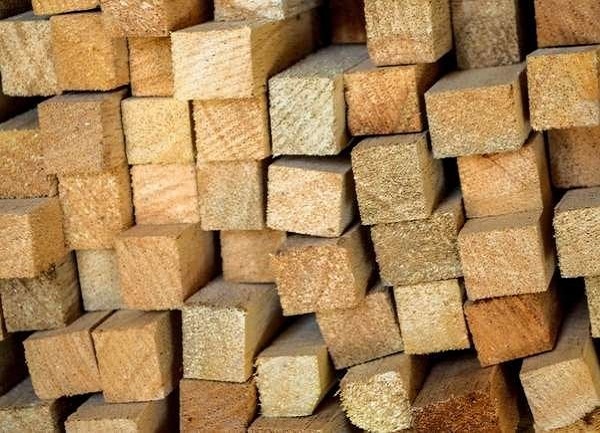
Cardboard
Small things that can be recycled are often used to start a roaring fire because they usually catch fire rapidly. But the next time you need to start a fire, don’t use cardboard, which is often treated with chemicals. This includes pizza boxes and cereal boxes. Instead, use approved fire starters, which you can buy at stores that sell camping gear, or small pieces of seasoned firewood that you chip with an axe.
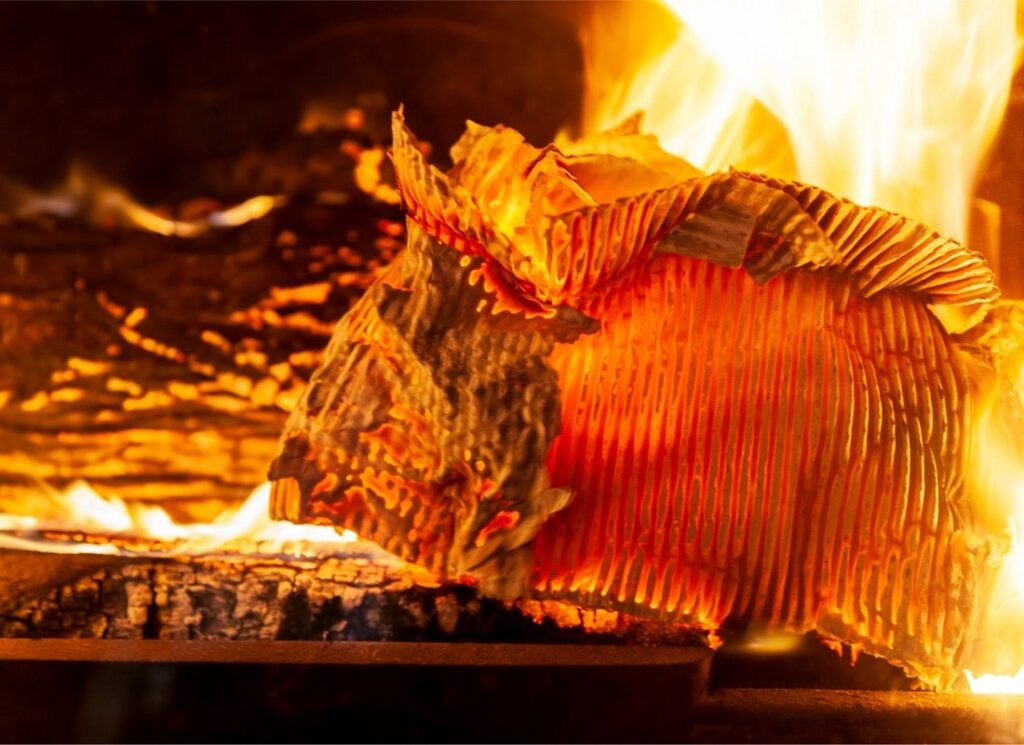
Lighter Fluid
Never start a fire in a fireplace with lighter fluid, charcoal starter fluid, or any other type of accelerant. These products are made for very specific purposes and shouldn’t be used to start a fire inside. This is because they often contain toxic chemicals like methanol and chemicals made from petroleum. Also, using accelerants makes the fire burn hotter, which can damage your chimney liner.
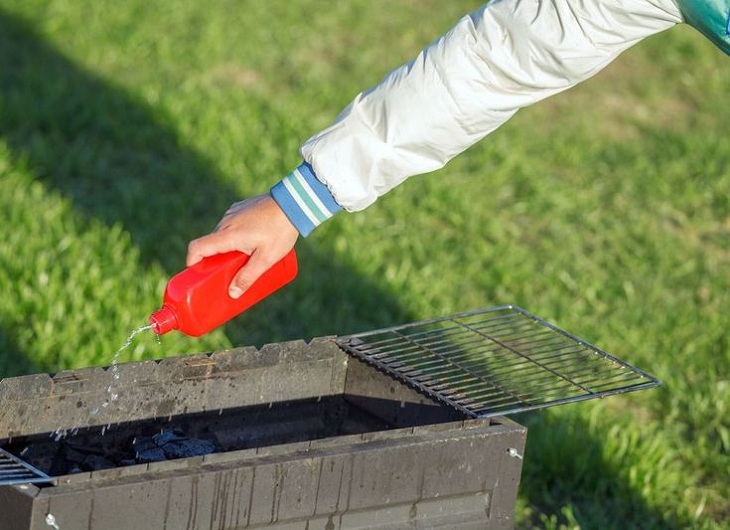
Magazines & Colored Paper
When burned, the chemical pigments in the inks used to make colorful magazine layouts give off dangerous fumes. If your fire needs a little help getting going, you can roll up a couple of sheets of plain black-and-white newspaper and put them under small pieces of wood kindling. Do not place paper items such as magazines, gift wrap, or coupon inserts into the fire. Not only do these things give off smells that you don’t want, but bits of burning paper can float up and out of a chimney that isn’t capped. This could start a fire on your roof or in nearby buildings.
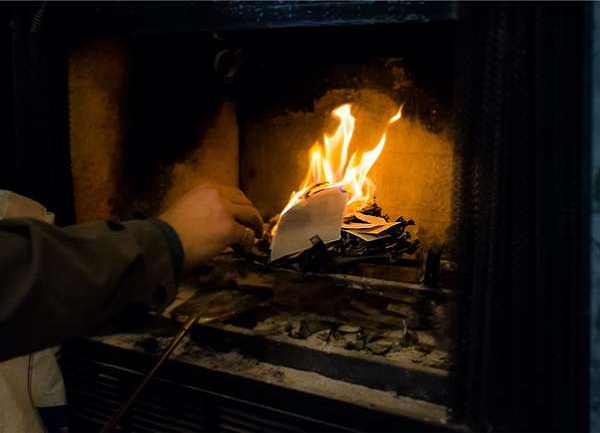
Wet Firewood
Keeping your firewood dry is the best way to make sure it’s always ready to go in the fireplace. First of all, it’s easier to light dry wood than wet wood. Even worse, the water in wet firewood makes it smoke and causes creosote to build up quickly in the chimney liner. In fact, chimney fires are often caused by creosote buildup. Creosote is impossible to completely avoid, but you can make it less likely to build up by only burning dry wood and having your chimney cleaned once a year.
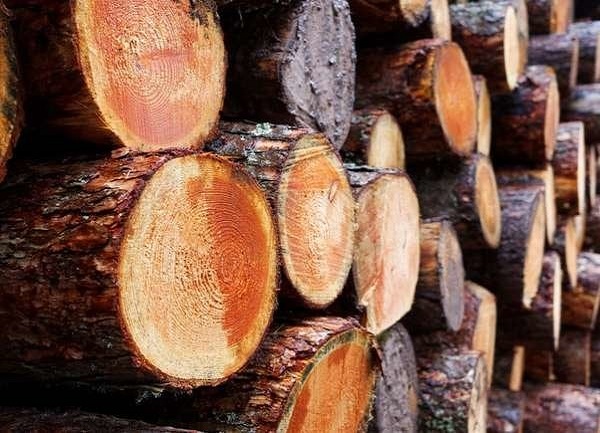
Allergen-Producing Brushwood
You wouldn’t purposely roll around in a patch of poison oak, but if you burn the woody vines of poison sumac, poison ivy, or other plants with urushiol, a toxic irritant that causes rashes, you put your whole family at risk. When plants lose their leaves in the winter, it can be hard to tell if a vine is safe or poisonous, so be careful and stay away from anything you can’t identify. The reason? Fumes from burning urushiol-containing plants can cause severe allergic reactions in the lungs.

Evergreen Wood
Resins in evergreen trees like pine, spruce, and cedar (yes, even your old Christmas tree) burn quickly and make a hot flame. Even though this sounds good, these trees burn so quickly that the fire will go out quickly, and their high resin content can leave a lot of creosote in your chimney, which can cause chimney fires over time.
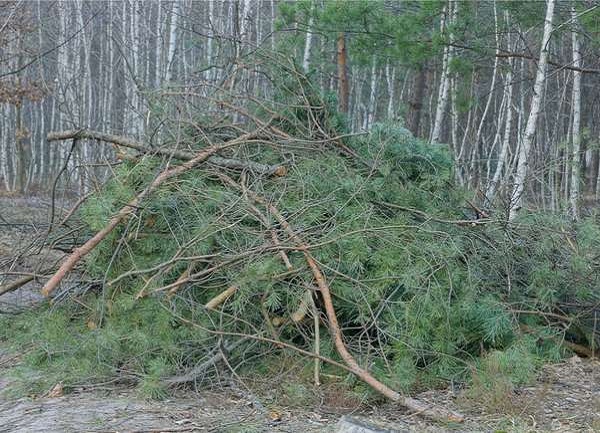
Wood Pallets
It’s a good idea to find new uses for wood pallets, but don’t burn them. DIYers and crafters often use old shipping pallets as building materials. However, many of these pallets have been treated with the pesticide methyl bromide to stop the spread of the emerald ash borer, a beetle that kills ash trees. If a pallet has the letter “MB” on it, it means that it has been treated with chemicals and should not be burned. Even if you don’t see a stamp, it’s probably best to stay away from burning pallets.
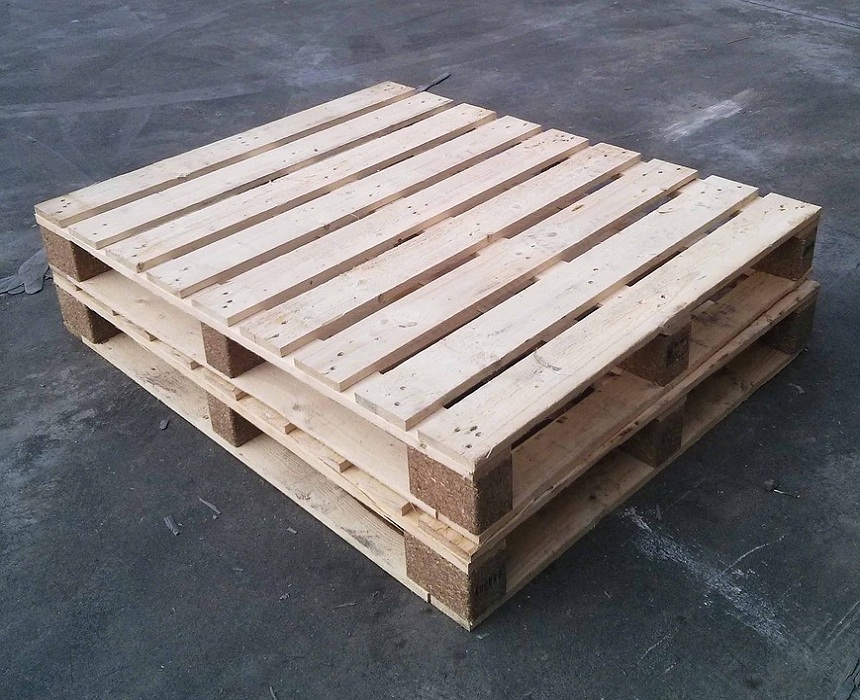
Driftwood
If you’ve ever been to a beach party where driftwood was burned, you probably oohed and aahed over the beautiful lavender-blue flames. Metal salts that got into the wood while it was floating cause those colorful flames, but the smoke from those flames is dangerous. For this reason, many coastal areas prohibit the burning of driftwood; you should follow their lead and not use beach wood in your fireplace.
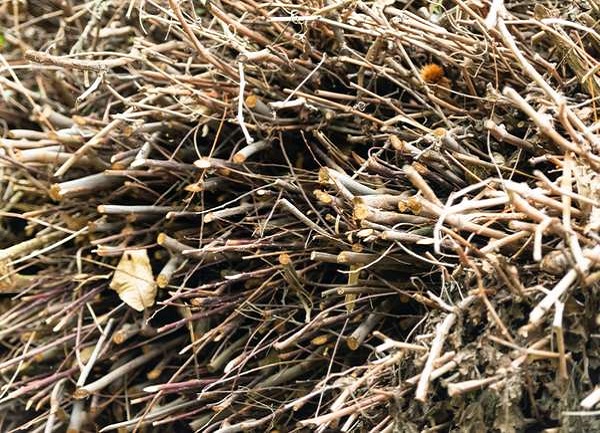
Trash
Many people do it: they throw an empty plastic-foam cup or an old paper plate on an open fire. If it’s become a habit, stop it now: Most consumer goods contain chemicals that, when burned, give off dangerous fumes. Worst of all? Some of the most dangerous trash items are made of plastic, which gives off chemicals called dioxins. When you breathe in dioxins, you are more likely to get respiratory problems, headaches, organ damage, and even cancer.
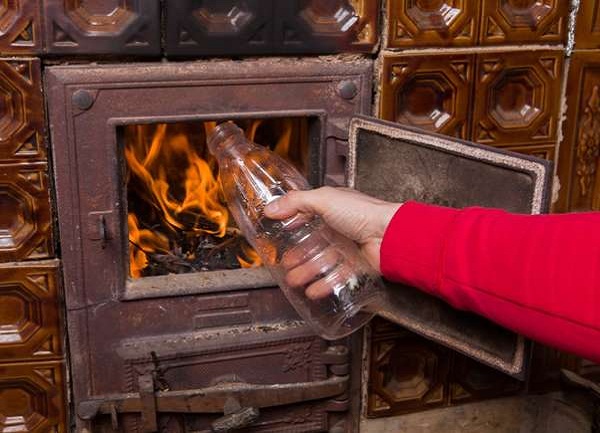
Leaves
It might seem like a good idea to use dried leaves to start a fire at home, but it’s not. First of all, leaves burn fast and hot. This sudden and extreme change in temperature can crack chimney flues and masonry, so it’s best to use a chimney starter instead to get your fireplace going. Wet leaves will do the exact opposite. They will burn slowly, smolder, and make a lot of smoke. Creosote builds up from that smoke, which can lead to chimney fires.

Fresh Fruit Peels
Many people like to add fresh scents to their fireplace, like oranges, lemons, apples, and so on. The problem is that fresh, wet fruit peels will burn in a fire, making a lot of smoke and a buildup of creosote. A better idea is to dry your fruit peels at a low temperature in the oven and then throw them on your fire. You’ll still smell fresh, but there won’t be any moisture.
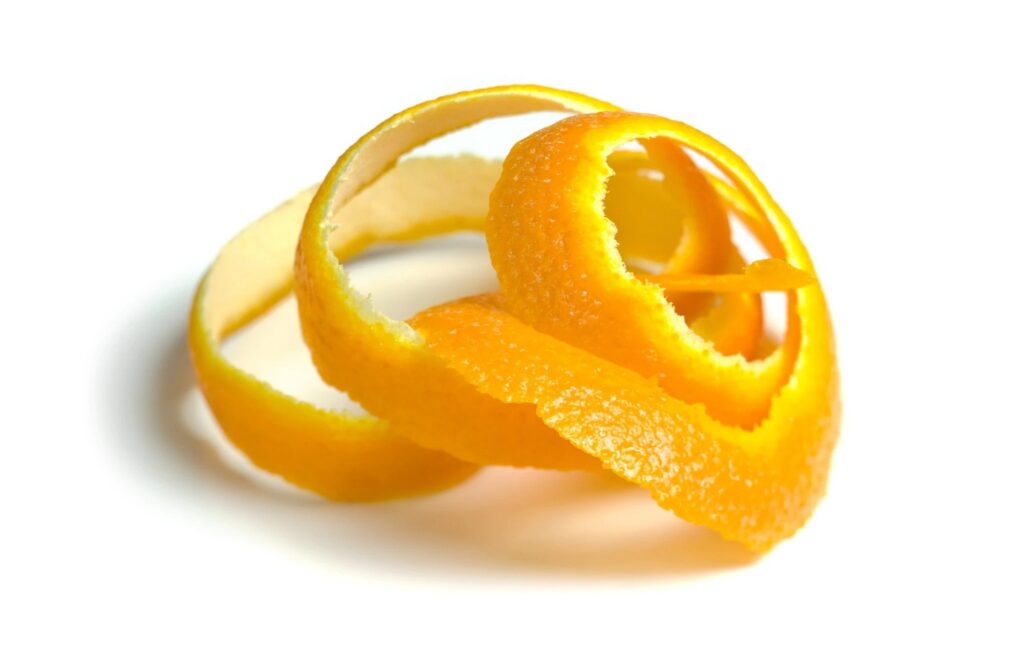
Batteries
Believe it or not, magazine ads from decades ago told people to burn zinc batteries in their fireplaces because it was thought that doing so would keep creosote from building up. This may have been true in the past, but modern batteries will explode when they get too hot and could cause serious chemical burns. Burning chemicals can cause burns, but the smoke is also poisonous. Instead, you should throw away your batteries in the right way.

Fabric
You might think it’s a good idea to start a fire by putting old T-shirts, rags, and other pieces of fabric in the fireplace, but you’d be wrong. As it burns, cloth and clothing will give off a bad smell and a lot of smoke. This smoke will leave creosote on the inside of the chimney, which can start fires. Instead, you should pack up those old shirts and give them to a homeless shelter or SPCA in your area.
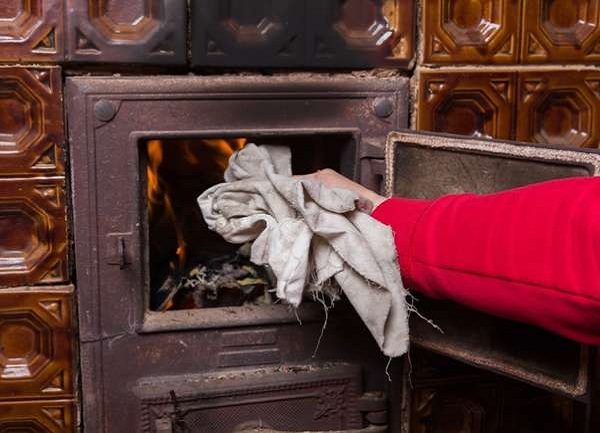
Charcoal
Charcoal can make a lot of heat. Anyone who has seen the bottom of a charcoal grill glow red-hot knows this. It also gives off carbon monoxide, which is less dangerous outside than inside. But if there is too much draft, the charcoal can burn twice as hot as the wood, which could damage the chimney or flue. Because of this, charcoal is best for grilling outside in the summer.


